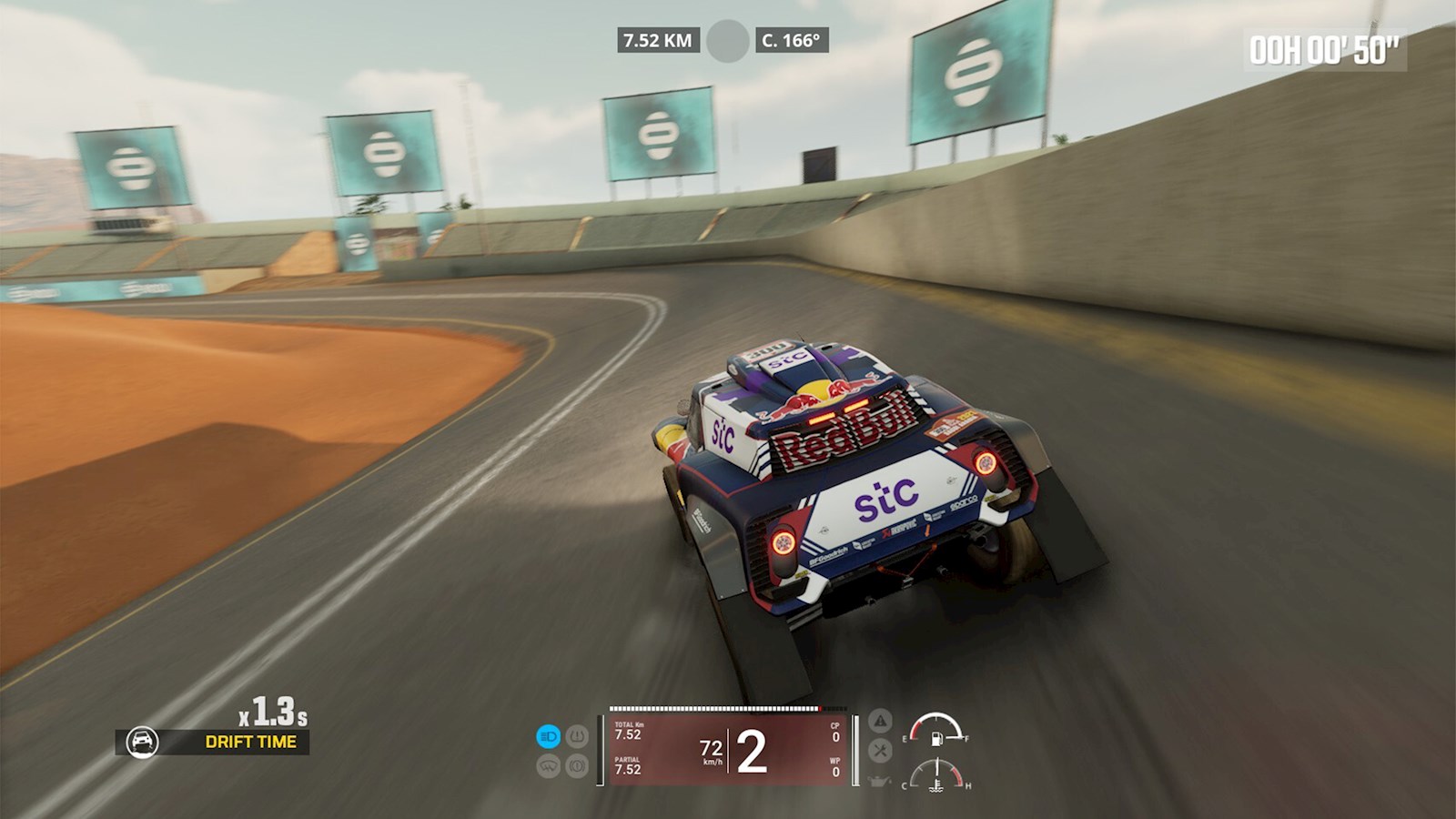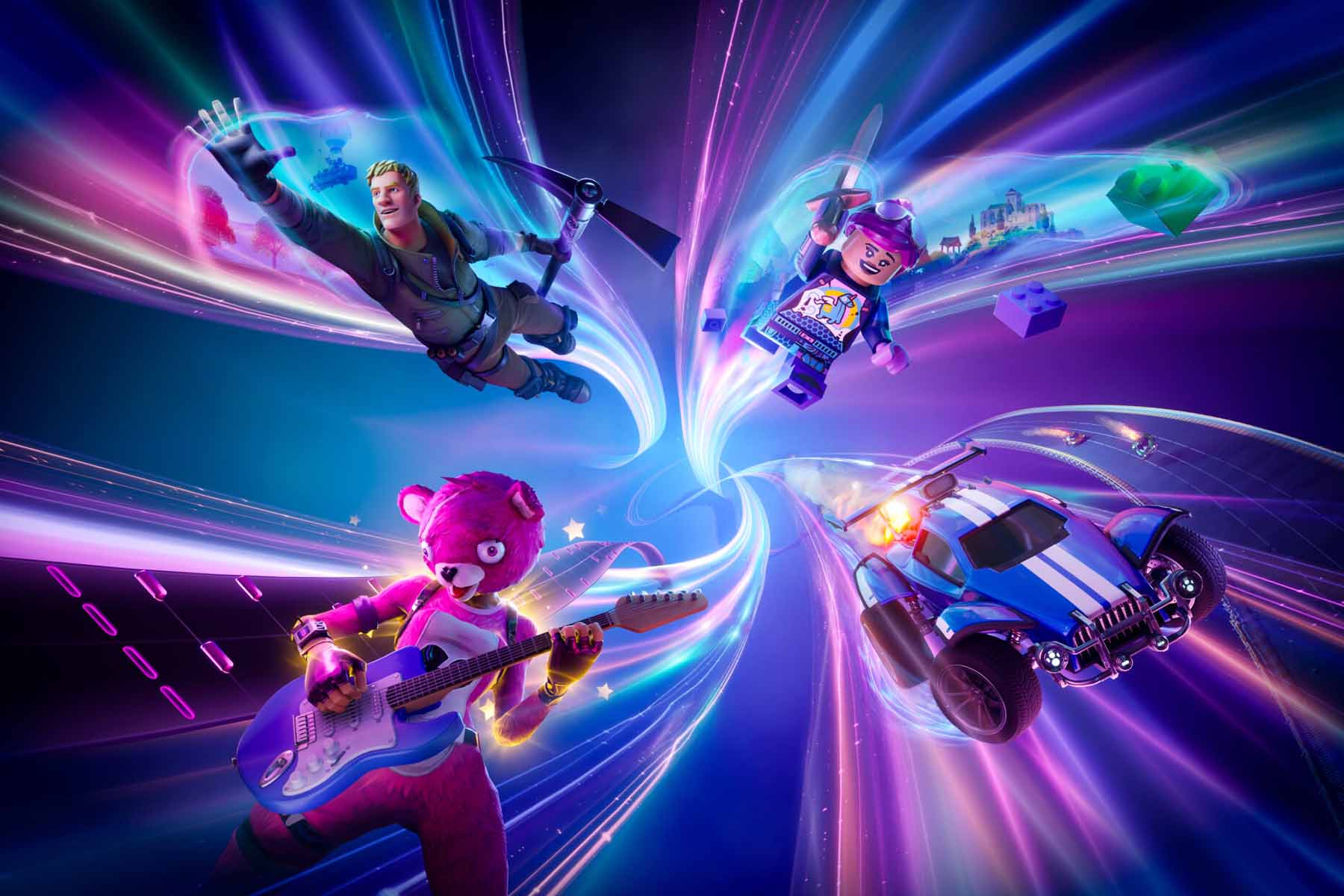
Confidence for brands advertising in-game
WPP and Anzu explain what the Media Rating Council (MRC) and the Interactive Advertising Bureau (IAB) guidelines mean for brands and agencies
Many advertisers are looking to gaming to understand what might be possible in the metaverse, and as a result this channel is becoming a huge focus for brands and agencies who are seeking to reach an engaged and diverse audience that is increasingly hard to reach via other digital channels.
Recently, the MRC and IAB released an updated version of the in-game advertising standards to establish updated measurement guidelines for ads that appear within gaming environments. The revised standards give advertisers more confidence when planning in-game investments, further solidifying gaming as a viable ad medium alongside social media, CTV and others.
Anzu worked closely with the IAB, MRC, and other industry experts on the new guidelines, and we caught up with VP Demand at Anzu, Chris Blight, to understand what they really mean for brands and agencies, and what impact they will have on our industry.
Q: What are the new guidelines, and how will a standardised ad effectiveness measure attract more advertisers to gaming?
A: The new guidelines are groundbreaking and a huge step forward for the in-game advertising industry. Their first iteration was in 2009, and the industry has come a long way since then, so there was a huge need for an updated version. Now, there is a standard way to measure viewability in-game, which solidifies in-game advertising as a scalable, mature medium for advertisers who can be assured of the value of their campaigns.
The advertising side has been working closely with the IAB, MRC, in-game AdTech providers, and other industry experts on this updated version of the guidelines. With the standards in place, brands can effectively monitor the quality of their in-game media investments, and we expect even more advertisers will tap into the space.
Q: Can you talk a bit more about the updates to viewability and why they are important?
A: The new guidelines stipulate that to be considered viewable, an ad must fill a minimum of 1.5% of the screen. For a viewable impression to be valid, the ad must be seen for at least one consecutive second instead of the 10-second cumulative exposure duration, and the ad angle must be no greater than 55 degrees.
They also talk about ad occlusion, which represents an instance where the in-game ad unit is blocked from view either totally or partially. In this instance, in-game measurement organisations are encouraged to specifically identify and segregate occluded ad impressions for reporting purposes. For context, according to the new guidelines, ads are considered occluded and should not be counted as viewable if less than 50% of the ad is showing.
Q: So, how does Anzu measure viewability in gaming environments?
A: We have built and patented a 3D ad tracking tool to measure what a gamer can see in real-time using ray casting technology. This allows us to understand whether an ad is in view and whether an impression should be counted. We also work with Oracle Moat and Integral Ad Science, who audit all our viewability data to ensure that it is 100% accurate. In my opinion, using a third-party auditor is extremely important as it provides another level of clarity on top of your reporting and means that we aren’t marking our own homework. The standards don’t change much for us as we were already adhering to all the standards that have been outlined. Advertisers looking to invest in-game should ensure the partner they choose is adhering to these standards and seek to understand how they measure impressions in the 3D world.
Q: Do you foresee ad spend on gaming increasing over the next few years?
A: There are over 3.2 billion gamers worldwide and growing, and the global video games market is expected to reach $304.7 billion by 2027. Gaming is the future, and as the channel continues to grow, as does the relationship between advertisers and game developers. Microsoft and Sony recently announced they will be looking to advertising to help fund their gaming efforts, opening up more AAA titles to in-game ads, rather than just mobile games. Anzu also just went live in Dakar Desert Rally, a huge AAA racer for PC and consoles from Saber Interactive. These moves signal a shift towards ads becoming more acceptable in these kinds of games, and as we move into 2023, we will see more and more publishers look to in-game as a sustainable revenue stream that does not disrupt the gaming experience.
Gaming offers advertisers an incredible opportunity to reach a diverse audience in a non-disruptive manner in a brand-safe environment with low fraud and extremely high attention rates across all screens. With the new standards bringing more advertisers in-game, many will begin to see these benefits, and more success stories will emerge, bringing even more advertisers in. It’s an exciting time to be working in gaming. These standards are yet another stepping-stone in the journey to gaming becoming the largest and most attractive advertising channel we have ever seen.
published on
07 November 2022
Category
More in Technology & data

How to build your brand in-game
A new research report from WPP and SuperAwesome

WPP puts itself at the heart of collaborative 3D worlds
Pixar's 3D animation file format – USD – is the invisible building block of our digital 3D future.

A clarion call for AI, accessibility & advertising
Innovating at the intersection of AI, accessibility, and advertising

